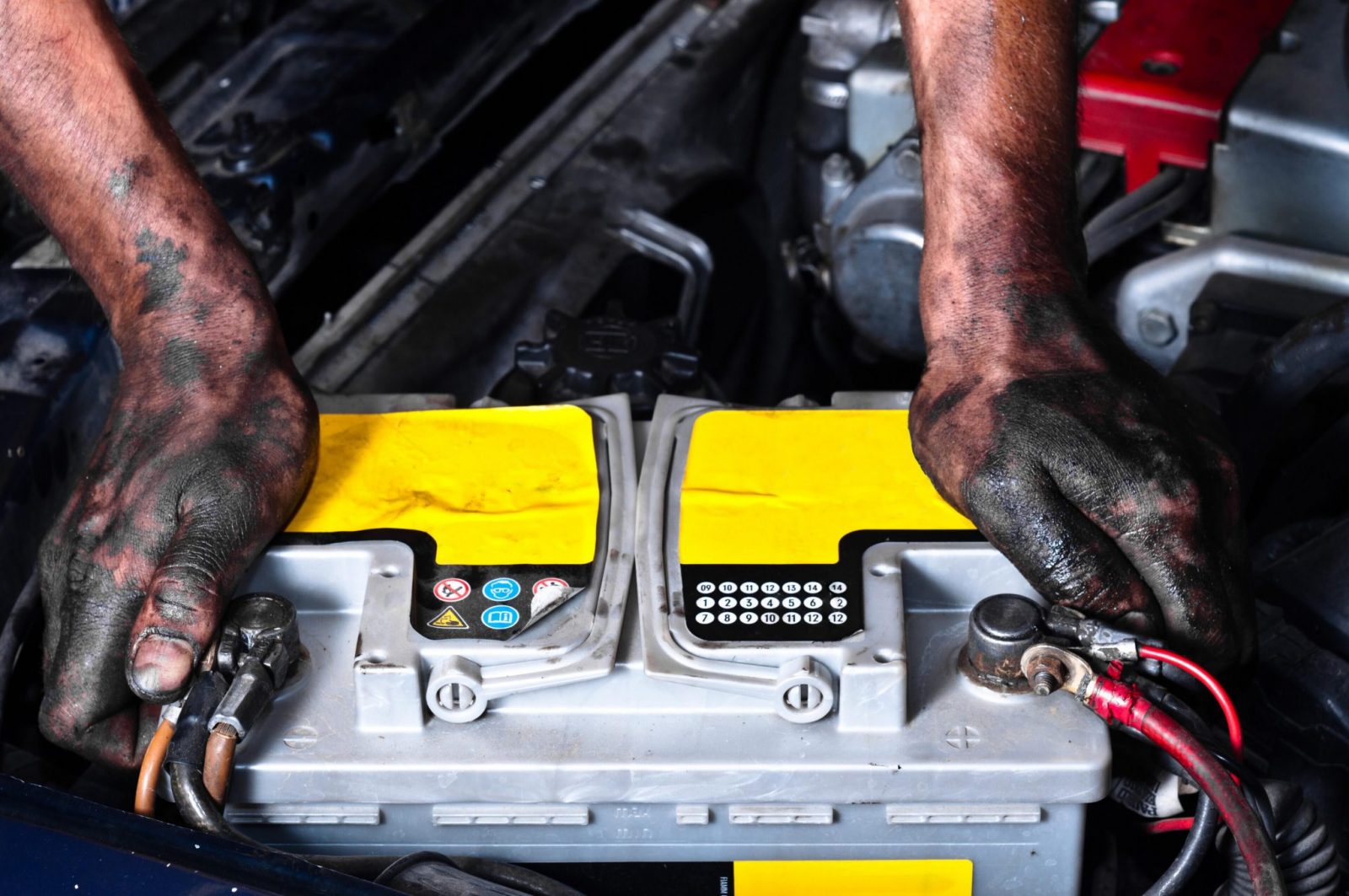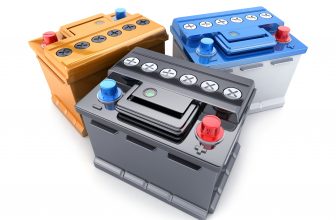
If you’re curious about how does a car battery work, you found a right place to find out. Just like your phone or remote-controlled devices, or even your inverter, your car requires a battery to work. When the battery dies, your vehicle won’t make a sound, and it will lie there like a log of wood, leaving you frustrated because you can’t move.
This is common sense, but the real kicker knows the real physics behind getting power to your engine, lights, and accessories. We will break down the seemingly complex nature of a battery and see how car batteries work! You never know where knowledge like this might come in handy.
Before jumping to the boring stuff about car batteries, let’s have a look at how all batteries function. According to NASA’s brilliant minds, anything termed a battery is “any device that converts chemical energy into electrical energy.” Batteries are made up of units called cells.
These cells store the energy needed to power up your devices. The energy is stored as chemical energy, which is then transformed into electrical energy when power is required. This is what powers your devices. That’s why in the description of some products, the term “Battery-powered” is inscribed on the box.
How does it work for cars?
Most conventional batteries depend on a lead-acid chemical reaction before they can get the cars up and about. These types of batteries are in the “SLI” group. This stands for “starting, lighting, and ignition.” Batteries of this sort provide short bursts of energy geared towards powering your lights, car accessories, and of course, the engine.
Once the battery gives the engine the required jolt, the alternator powers up the car, and you’re good to go. A lot of cars have a generic SLI battery from the production factory
How does a car battery work
- For starters, your standard SLI battery is made up of six cells. There are two plates (or grids) in each: The first cell is made of lead and the other cell is made of lead dioxide.
- About 2-volts of energy is produced from each cell. Usually you have six cells in a car battery, which makes it a 12-volt battery.
- The two plates are immersed in sulphuric acid. The acid causes a chemical reaction between the plates. The acid acts as a catalyst.
- This sulphuric acid triggers a chemical reaction on the lead dioxide plate, causing the plate to release two products, namely: ions and lead sulfate.
- The ions (one of two products from the lead dioxide plate) will react to the adjoining plate to produce hydrogen and lead sulfate.
- The resultant chemical reaction produces electrons that move around the plates to generate electricity.
- When you insert the key in a car’s ignition and turn the ignition (or press the “start” button), a signal will be sent to the car’s battery. The electricity generated from the last chemical reaction flows out of the battery terminals and starts the engine.
- This electricity can also turn on your car’s lights, and play your radio.
- The chemical reaction is reversible. Because of that, you can jumpstart your battery and charge it throughout its life. If you apply current to the battery at the correct voltage, lead and lead dioxide will form on the plates enabling you to use the battery as you please.

That’s how does a car battery work. Let’s have a look at the different battery types we have
Deep cycle battery: The first on the list. This kind of battery best for owners of small vehicles. It offers steady power for long-hour drives. Little cars like golf carts, recreational vehicles, and a few marine cars make use of this battery type.
Lithium-ion battery: A lot of modern-day vehicles today use this type of battery. This could be because the battery stores a massive amount of energy compared to other lead-acid batteries. However, the disadvantage of having this battery is its short life span. If you’re to buy this kind of battery, you’ll have to budget for a new one every 2 or 3 years.
Wet cell battery: The wet cell battery type is among the cheapest batteries you can find online or at your local dealer. Some call this kind of battery the “flooded battery” because it contains liquid. It is a very economical battery, but it will require regular maintenance.
AGM battery: This is a popular type of battery in new-age cars. AGM stands for “Absorbent Glass Mat” battery. It is made up of a special fiberglass mat, a property that absorbs electrolyte solutions and stores them in a dry state.
Other batteries store their solutions in a conventional liquid form, exposing your battery to the risk of spillage, but in AGM batteries, that scenario is impossible. AGM batteries can harness heat energy using the mesh of absorbent and, they are resistant to hot temperatures and vibrations.
You also might not be too familiar with the term “Cranking power” and “battery voltage.”
I’ll explain.
Cranking power is necessary for a vehicle’s engine to start. This power depends on many factors, including engine type, engine size, and ambient temperature. Typically, as the temperatures drop, you’ll need more power to start your engine.
Cold-cranking amps (CCA) is the rating that measures your battery’s cranking power. It signifies “the number of amps a typical 12-volt battery can supply at 0°F for 30 seconds while retaining a voltage of at least 7.2 volts.”
On the other hand, the battery voltage refers to the amount of electrical potential of your battery. In a standard car, what you’ll most likely see is a 12-volt battery. As I said earlier, each battery comprises six cells, each with 2 volts at a complete charge. A drop in a battery’s voltage has a significant effect on the performance, even if the drop is only a small amount.
So, there you have it. We hope this gave you clarity on how does a car battery works.






